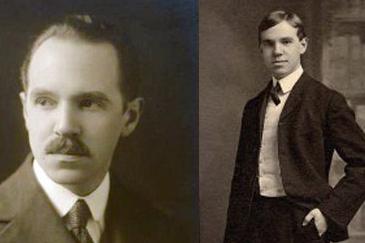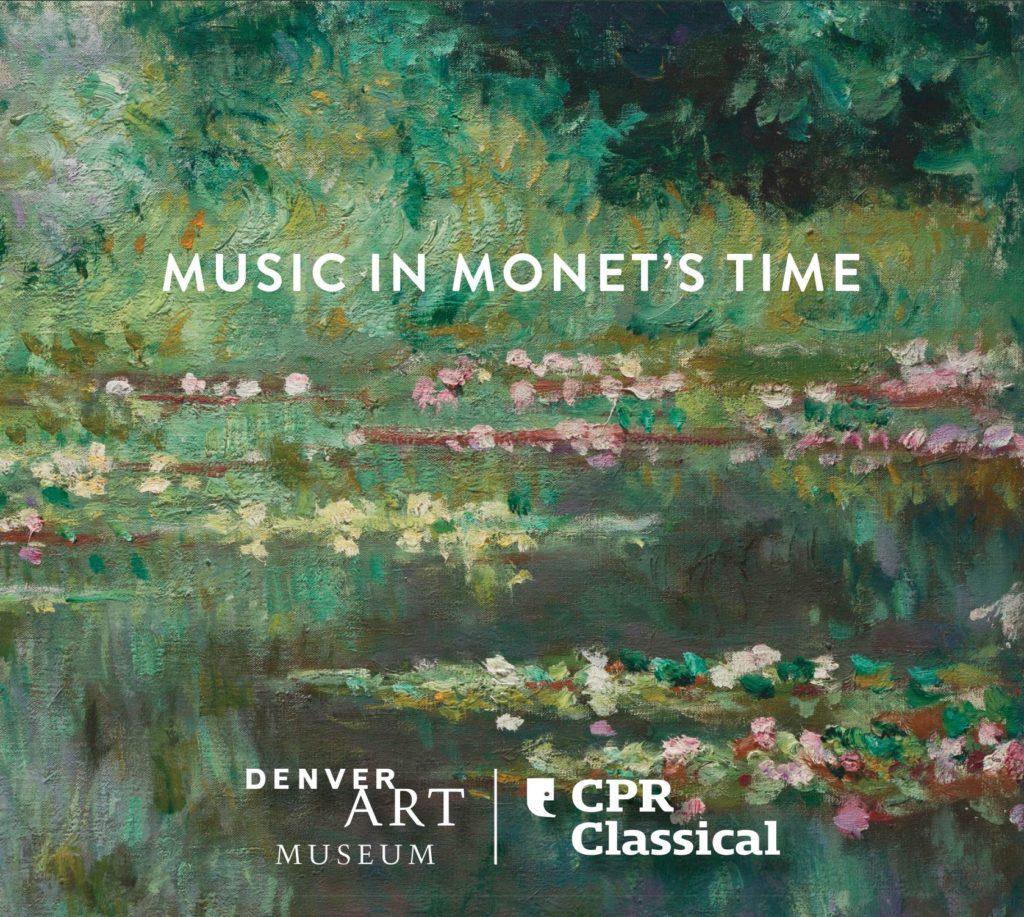
Claude Monet influenced more than just other painters. Composers began to incorporate impressionism into their music.The romantic era of Brahms went out the door. And in came French composer Claude Debussy. But the new movement didn’t just stay in France.
Spanish composer Manuel DeFalla was won over by impressionism after a lengthy stay in Paris, which included time with Debussy. There was another Spaniard, Isaac Albeniz, who composed the monumental Iberia Suite. Debussy described it this way: “Never has music achieved such diversified, such colourful impressions…..”
In Italy there was Ottorino Respighi (Fountains of Rome) and in England, Frederick Delius (Florida Suite). Jean Sibelius travelled from Finland to Paris where he met Debussy. The result was his Swan Tuonela. Sibelius was true to the mindset of impressionist composers. He described what he saw in his mind’s eye in his dark and moody orchestral piece.
Charles Tomlinson Griffes was the first native-born American composer credited with embracing the movement. His White Peacock debuted 25 years after Debussy’s famous foray into impressionism, in part with Clair de Lune in 1890. More evidence of just how musical Impressionism spread beyond the city of Paris.
Claude Monet’s impressionist style of painting helped influence other artists, including composers. So let’s consider how music evolved during his lifetime. When Monet was born in 1840, it was the era of post-Beethoven Mendelssohn and increasingly dramatic, flowing melodies.
That morphed into the lush romanticism of Brahms and the new nationalistic sounds from Dvorak. A few decades later, Gustav Mahler introduced unprecedented symphonic spectaculars.
But a different kind of music began to emerge in Paris during the impressionist period of painters like Monet. Composers Claude Debussy, Maurice Ravel, and others stretched the boundaries of music with new experimental harmonies and rhythms.
And by the time Monet died in 1926, concert goers were already used to another revolution. Russian composer Igor Stravinsky had set his music to a ballet called “Rite of Spring.” Its radical, clashing dissonances and savage rhythms were so upsetting to the audience at the 1913 premiere, it caused a riot. A far cry from Monet's Impressionism, but a sure sign that composers would continue on a groundbreaking path forward.
Monet Mondays airs Mondays through Jan 27, 2020 on CPR Classical at 6 a.m., 7 a.m., 8 a.m., 10 a.m., 11 a.m., 1 p.m., 3 p.m., 4 p.m., 6 p.m. and 8 p.m.. Listen to CPR Classical on your radio at 88.1 FM in Denver, stream the music on this website, or by asking your smart speaker to "Play CPR Classical." (Find other ways to listen.)
For a limited time, if you become a member of Colorado Public Radio, you can select "Music in Monet's Time," as a thank you gift. This custom CD of great Impressionist music was created by CPR Classical in partnership with the Denver Art Museum.

For a limited time, if you become a member of Colorado Public Radio, you'll receive "Music in Monet's Time," a custom CD of greatest Impressionist works created by CPR Classical in partnership with the Denver Art Museum.







